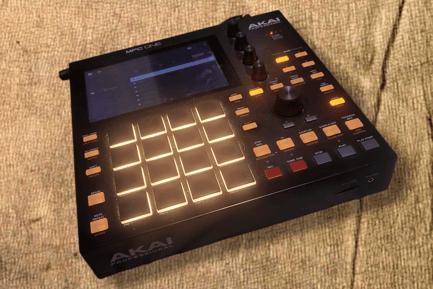In the world of music production, creating captivating rap beats is an art form that requires skill, creativity, and a deep understanding of rhythm and melody. One technique that has become synonymous with hip-hop production is sample flipping, a process where producers take snippets of existing music and manipulate them to create entirely new sounds. This method has been integral to the evolution of rap music, allowing producers to craft unique beats that serve as the foundation for powerful lyrical storytelling.
Sample flipping is a practice that dates back to the early days of hip-hop when DJs would loop and manipulate sections of vinyl records to create rhythmic patterns for MCs to rap over. This technique has since evolved with advancements in technology, allowing producers to digitally manipulate samples with precision and creativity. By selecting a diverse range of source material, from obscure vinyl records to classic soul and funk tracks, producers are able to draw inspiration from a wide variety of musical genres and styles.
One of the key elements of sample flipping is the art of crate digging, a term used to describe the process of scouring record stores, flea markets, and online platforms in search of unique and interesting samples. This practice requires a keen ear for music, as producers must be able to identify potential samples that can be transformed into compelling beats. Whether it's a catchy drum break, a soulful vocal line, or a funky bass groove, skilled producers have the ability to find hidden gems within existing music and reshape them into something entirely new.
Once a sample has been selected, the process of flipping it involves chopping, slicing, and rearranging the original material to create a new composition. This often involves altering the tempo, pitch, and structure of the sample, as well as adding additional layers of instrumentation and effects to enhance the overall sound. Through experimentation and creativity, producers are able to transform a simple sample into a complex and dynamic beat that complements the flow and delivery of the rapper.
The art of sample flipping requires a delicate balance of technical skill and artistic vision. Producers must have a solid understanding of music theory, arrangement, and sound design to effectively manipulate samples and create cohesive beats. At the same time, they must also possess a strong sense of creativity and innovation to push the boundaries of traditional sampling techniques and develop their own unique sound.
One of the most iconic examples of sample flipping in hip-hop history is the work of producer J Dilla, who is widely regarded as a pioneer of the technique. Known for his intricate drum patterns, soulful melodies, and innovative sample choices, J Dilla's production style has had a profound influence on the sound of modern rap music. By flipping samples from sources as diverse as jazz, soul, and electronic music, J Dilla was able to create beats that were both nostalgic and futuristic, blending the old with the new in a seamless and captivating manner.
In conclusion, the art of rap beats and sample flipping is a complex and richly rewarding creative process that continues to shape the landscape of hip-hop music. Through careful selection, manipulation, and arrangement of samples, producers are able to craft beats that serve as the backbone of powerful and impactful songs. By pushing the boundaries of traditional sampling techniques and drawing inspiration from a wide range of musical genres, producers are able to create unique and innovative beats that resonate with listeners around the world.




